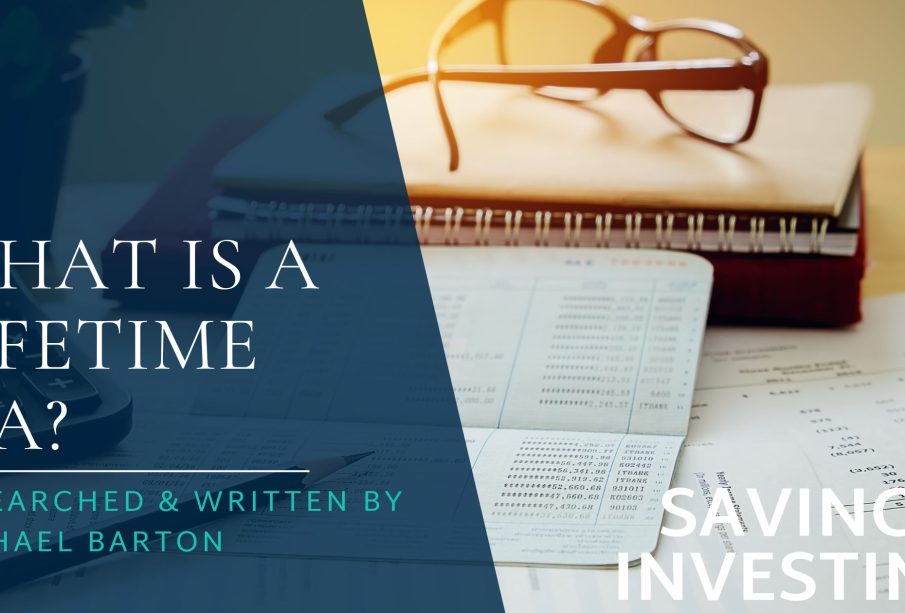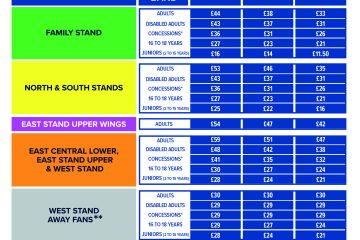Lifetime ISA Under Scrutiny: Calls for Reform as Property Prices Outpace Scheme Limits

Current State of the Lifetime ISA
The Lifetime ISA (LISA) continues to offer a 25% government bonus on savings up to £4,000 per year, which counts towards the annual ISA limit of £20,000 for the 2025/26 tax year.
While LISAs remain a powerful product designed to help people aged 18-39 buy their first home or save for retirement, offering a valuable government boost to first-time buyers’ savings, the scheme’s £450,000 house price limit has remained unchanged since its launch in 2017, despite significant property price increases.
Growing Concerns and Calls for Change
Recent data shows that one in three LISA holders would save more if the property price cap was increased from £450,000 to £600,000 per year, particularly given that average UK property prices have risen by 34% between April 2017 and June 2025.
Industry experts are calling for pragmatic changes, including raising the purchase price cap to a minimum of £500,000 and lowering the unauthorised withdrawal penalty from 25% to 20% to ensure savers don’t lose capital due to changing circumstances.
Impact on Savers
While most people can still buy a first home under current rules, there are areas in the UK where average flats or small houses are already off limits. Experts warn that this issue will eventually spread across the country, potentially rendering the Lifetime ISA ineffective for first-time buyers nationwide.
Despite these challenges, the LISA continues to offer value for money for both the government and individuals, providing a unique incentive to save for home purchase while helping to build financial resilience and support retirement savings.
Looking Ahead
The Treasury Select Committee, comprising cross-party MPs, has published a report urging LISA reform, with changes expected to be addressed in an imminent government review of the ISA landscape. The scheme’s importance is underscored by a 34% increase in customers opening Lifetime ISAs in the past year, with 80% of LISA savers earning £40,000 or less, demonstrating its vital role in supporting those who need it most.









